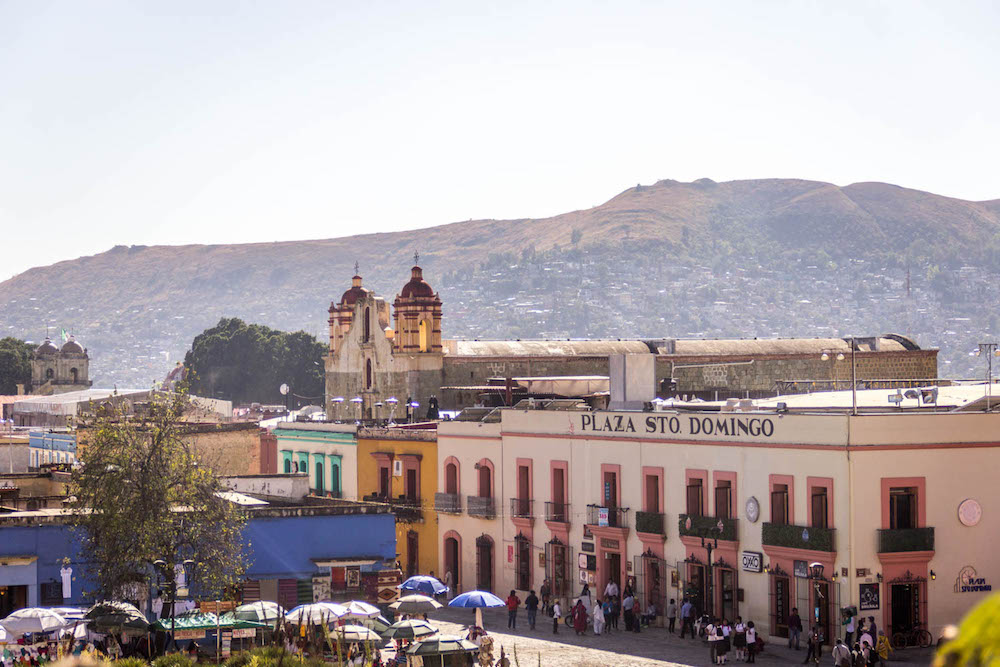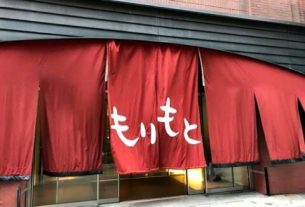In the dim corridors of Mercado Benito Soares, a lady wearing a huipil, the traditional clothing of the indigenous Oaxaqueñas, sells fried grasshoppers in bulk. At the front stand, they advertise a promotion on Oaxaca cheese, the most famous in Mexico: buy two, get three. In the streets paved with cobblestones and decorated with colorful houses, the huge number of artistic and protest engravings highlight the city’s vocation for urban culture. And, every now and then, we are captivated by the aroma of chocolate that comes off the freshly ground cocoa.
Oaxaca de Juaréz is the friendly capital of the Mexican state of Oaxaca. Located in the depths of the Sierra Madre, 460 km from Mexico City, the city stands out for also being a gastronomic hub famous for serving the best food in the country and a guardian of its culture and history, at the same time cosmopolitan and intensely regional.
It is not uncommon to hear Zapotec, the language of the indigenous people who have inhabited the region for centuries and who built huge and complex cities that today can be visited as archaeological sites, among the market stalls, as well as other languages spoken in the state. Oaxaca is the Mexican state with the greatest diversity of languages and people and this is evident in the city’s streets and culture.
Typical flower embroidery is everywhere and colors people’s clothes. Visiting Oaxaca is getting in touch with Mexico in its purest state, with preserved traditions, enchanting landscapes and historical pride, but without fear of opening up to the new.
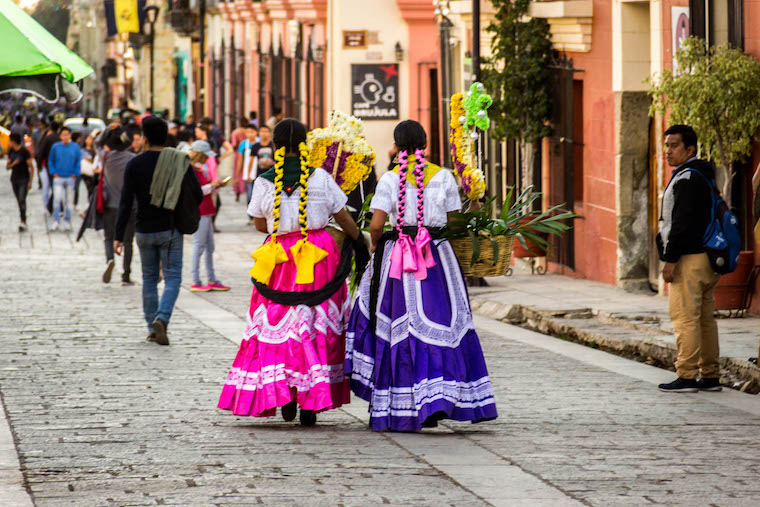
Traveling to Oaxaca: what to do there
Historic Center of Oaxaca
Although it has three million inhabitants, the center of Oaxaca is small and will give you the impression of being in a country town. You don’t need more than a day to explore the historic streets and mansions and everything can be done on foot. There, the main points of interest are the Zócalo square, the central point to which all the streets seem to converge and where food and souvenir vendors, tourists and city residents gather. I was lucky on my visit: the Zócalo turned into a large stage for performances of typical dances from the region because of the Fiestas Decembrinas, celebrated in the city every December.
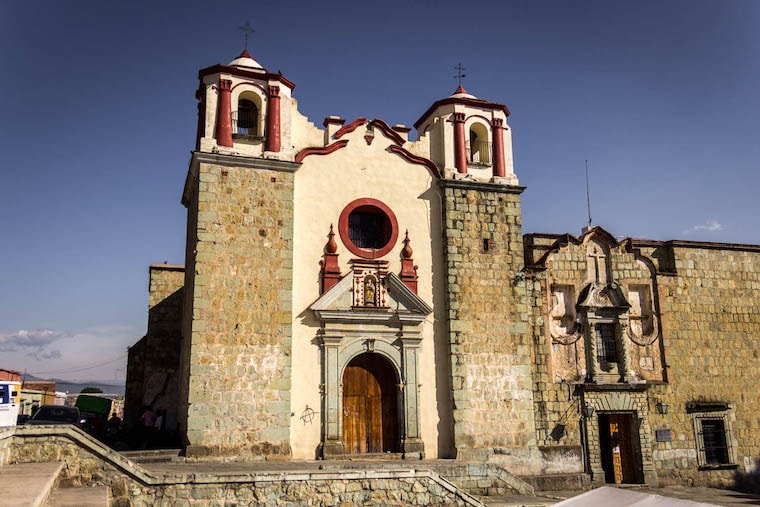
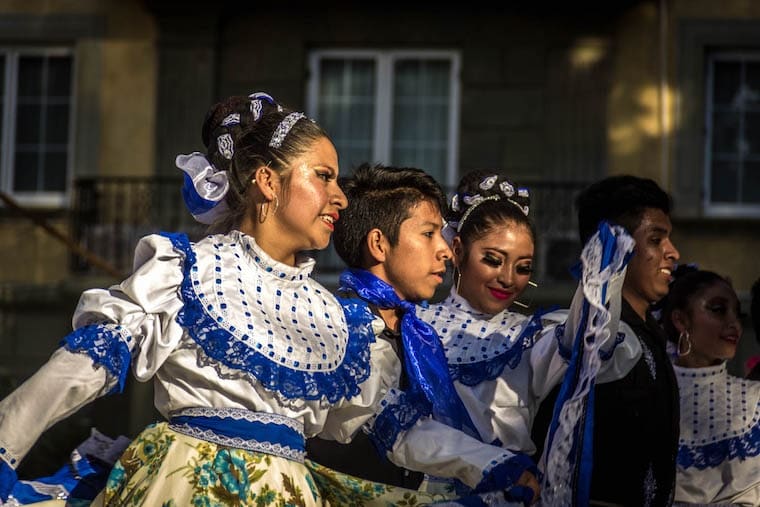
Two blocks away is the Benito Juarez Market, where you can find everything local, from crafts to delicious typical foods from the region. On the same street, one block down, there is also the November 20 Marketa good place to try tlayudas, a typical dish from the state that consists of a large tortilla stuffed with beans, cheese, mole and whatever else your imagination tells you – it’s a great cheap and regional lunch option.
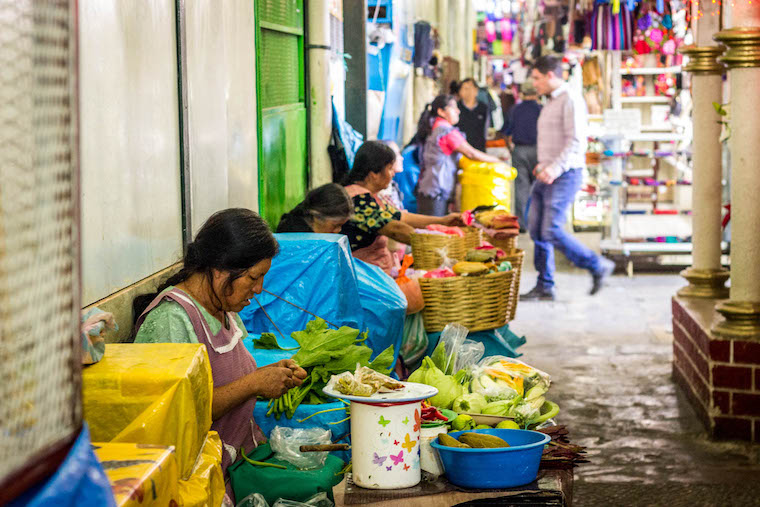
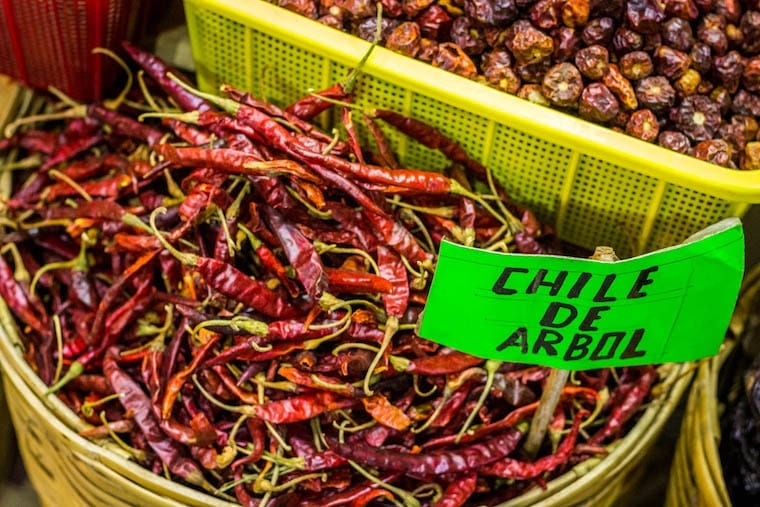
A 10-minute walk from the Zócalo is the Temple of Santo Domingo, an imposing baroque church that formerly functioned as a convent. Several vendors set up an informal market on the side street of the temple and there are also bars, cafes, restaurants and art galleries. On the opposite side, where the convent entrance used to be, there is the Museum of Cultures of Oaxaca, a huge museum that tells the history and traditions of the different peoples who inhabited the region centuries ago, as well as the Spanish conquest and how these populations are today. You can spend the afternoon in there.
Very close by, heading back towards the Zócalo, is the House of Crafts of Oaxaca, a cooperative of artists from the region who sell typical local crafts. Another place worth visiting is the MACOa small contemporary art museum featuring local artists.
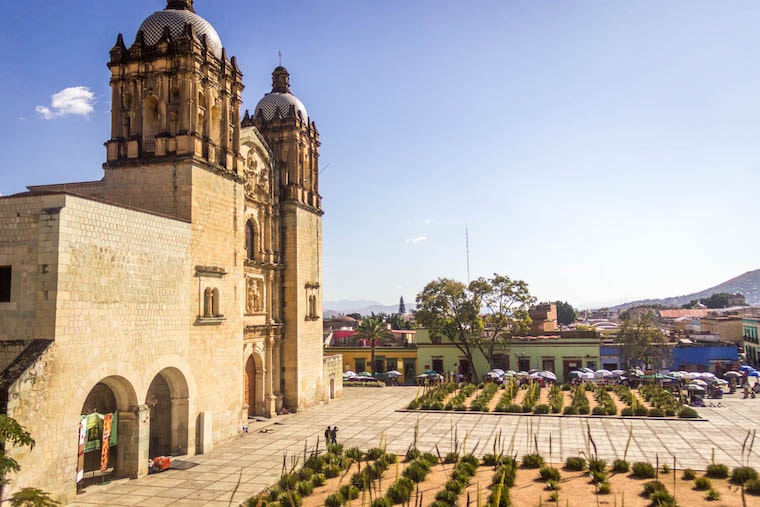
Temple of Santo Domingo
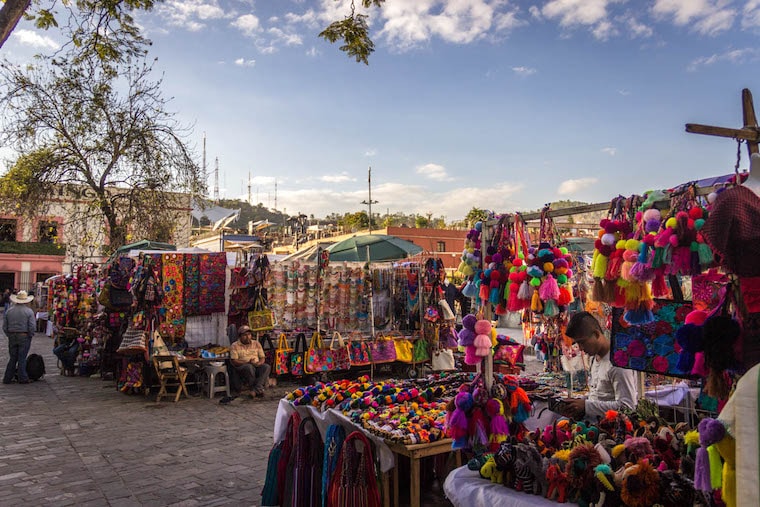
Oaxaca’s nightlife is also quite celebrated. The city is, above all, a university hub, so there is no shortage of options. One of the city’s most acclaimed bohemian attractions is participating in a mezcal tasting, a tasting of this typically Mexican distillate that has 75% of its production concentrated in the state. Several bars in the historic center of Oaxaca advertise the catas in bold letters at the entrance. The specialized website Mezcologia indicates the On Site (Calle Reforma No. 506) and others Mezcaloteca (Calle Reforma No. 506), both not downtown.
If you are in Mexico during the Day of the Dead, Oaxaca is one of the best cities to celebrate the date, as the party there is still quite traditional and a widespread event in local culture.
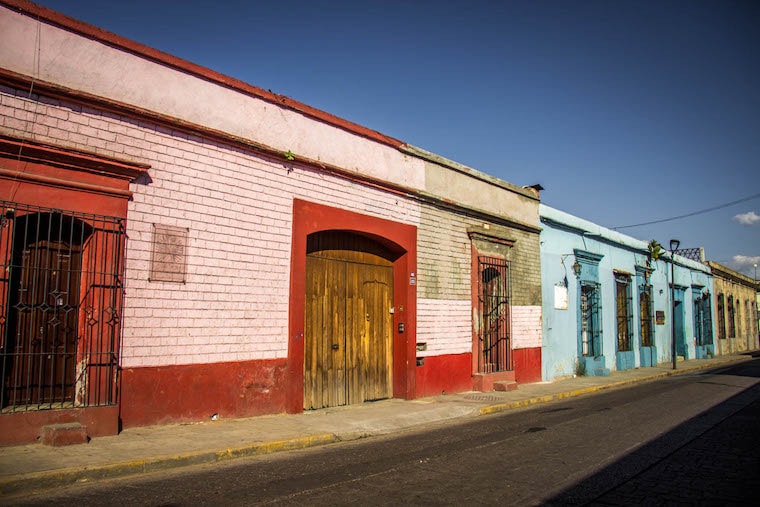
Typical foods: what to eat in Oaxaca
No trip to Oaxaca is complete if you don’t immerse yourself in the state’s gastronomic delights. And since I’m from Minas Gerais, I’ll start with the oaxaqueño cheese, also known as quesillo, which is considered the best in the country. Cheese is an ingredient in several typical dishes from the region, such as the aforementioned tlayudas, which you definitely need to try. You can also buy the whole piece in the markets and take it back to the hostel to prepare sandwiches or eat as an appetizer.
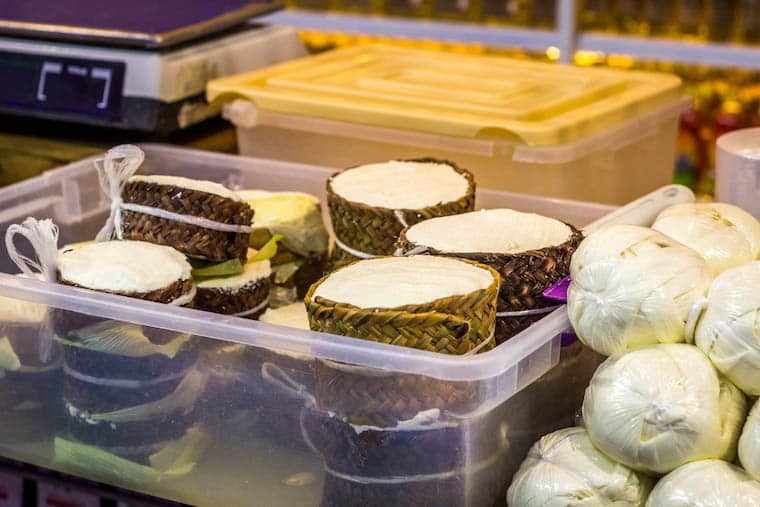
Oaxaqueño chocolate is also quite famous around the world. There are several chocolate shops spread across the city and, in many of them, you can see cocoa being freshly ground and mixed with sugar and cinnamon. Yes, cinnamon. This is the trademark of the chocolates there. Although it can be eaten, oaxaqueño chocolate is really made to be drunk. Just dissolve the tablet in water or milk. It is very easy to see this preparation being served for breakfast in the city’s markets.
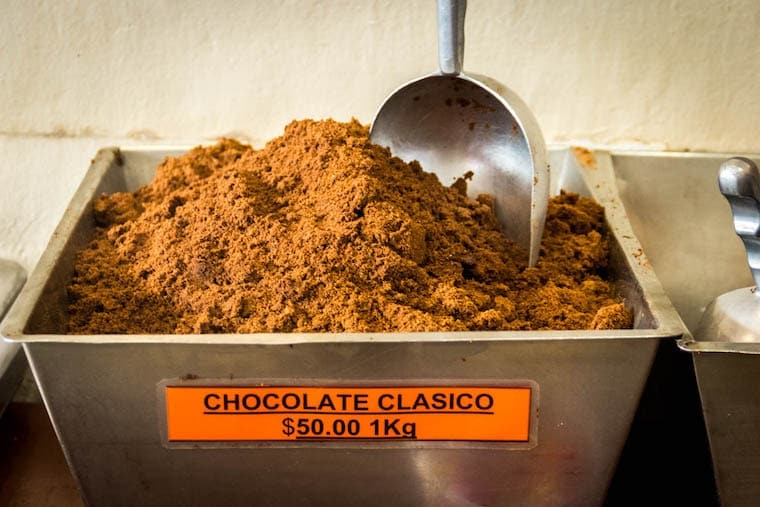
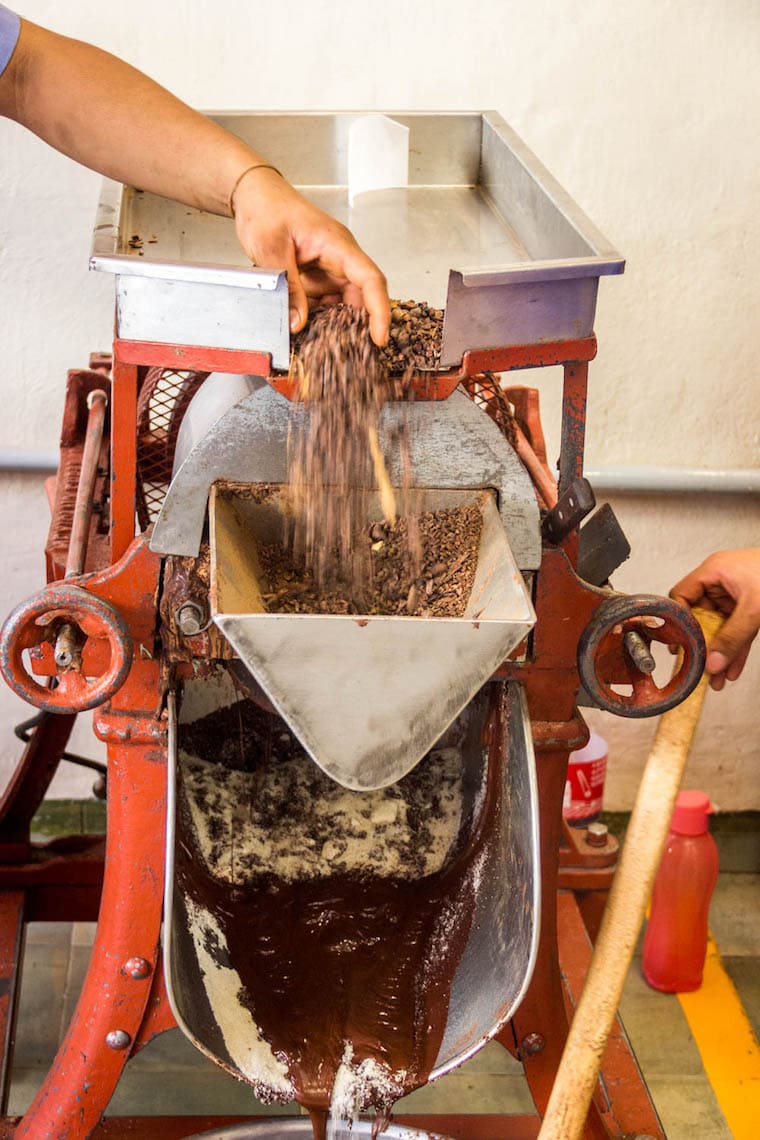
Although its consumption is widespread in other countries, Oaxaca is also the guardian of another gastronomic culture that is quite typical of Mexico: the pre-Columbian habit of eating insects, which continues to this day. There, the most common is the consumption of fried chapulines, small insects from the grasshopper family, seasoned with salt and lemon and served as a snack or as a filling option for tacos and tlayudas.
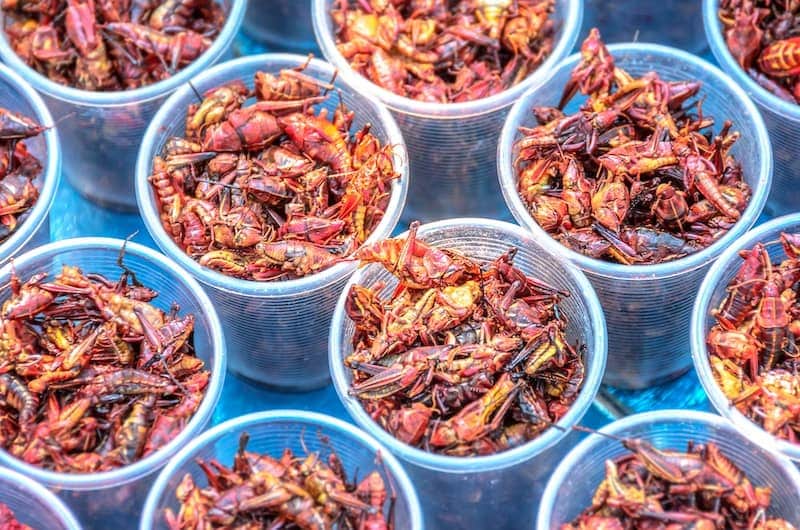
Mole oaxaqueño is a sauce widely consumed there as well and can serve as a complement to various meat and vegetable dishes. It is prepared with corn, peppers and spices, as well as the not-so-secret-special ingredient: chocolate. It may seem strange, and it really is, as mole oaxaqueño does not appeal to all palates, but it is certainly an unmissable gastronomic experience for anyone passing through.
Read too: Slimy, but tasty! The habit of eating insects in Mexico
Attractions around Oaxaca
Oaxaca is also the starting point for several polls in the region, which is why it is advisable to spend at least four days in the city. All attractions can be done on your own or by hiring travel agencies. In the Zócalo square itself you will find several vendors offering tours, so this is a good place to negotiate itineraries and prices.
Monte Alban
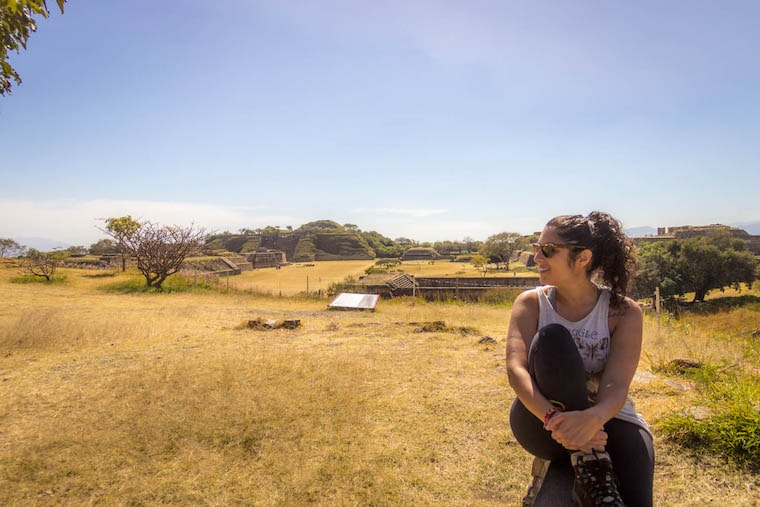
The main political, economic and religious center of the Valley of Oaxaca, Monte Albán was the capital of the Zapotec empire for many, many years and is the oldest pre-Columbian city in all of Mexico and Central America. It is believed that at its peak it had 35 thousand inhabitants and its limits were as extensive as that of Oaxaca itself.
Today, you can visit the ruins of Monte Albán and get a glimpse of all this magnitude. The archaeological site is just 10 km from Oaxaca and is accessible by bus that leaves every hour in front of the Hotel Rivera de Angel (Calle Mina, 518) for $70 pesos (R$15, round trip). A taxi from the center to there should cost around $300 pesos (R$60), and tours with an agency between $150 and $300 pesos, separate attraction tickets and limited visiting time. The Monte Albán Archaeological Zone is open every day, from 8am to 5pm. Entrance costs 70 pesos (R$15) and includes a visit to the museum. Read our complete post with the history and tips for visiting the Monte Albán archaeological zone.
Mitla
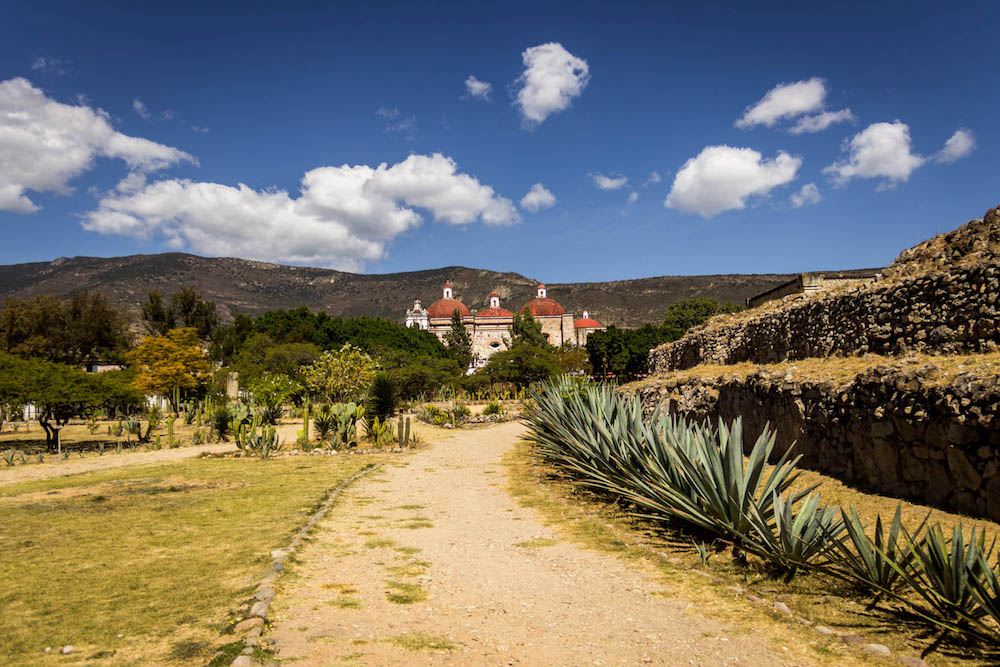
After the decline of Monte Albán, Mitla assumed the position of political and religious center of Zapotec culture, having 10,500 inhabitants at its peak, which lasted until the arrival of the Spanish. The place functioned as the capital of many of the communities settled in the Oaxaca Valley and the Sierra Madre. The ruins of Mitla stand out from others in Mexico due to their mosaics and colors that cannot be found anywhere else in the country. The tour is perfect to combine with a visit to the natural pools of Hierve el Água.
To get there you have to take a bus that passes on Avenida 175. They come with a sign advertising Mitla right in front and cost $20 pesos. Outside the ruins there is a beautiful crafts market with various products made with the region’s typical embroidery. Read our complete post with tips for visiting the Mitla archaeological site.
Boil the water
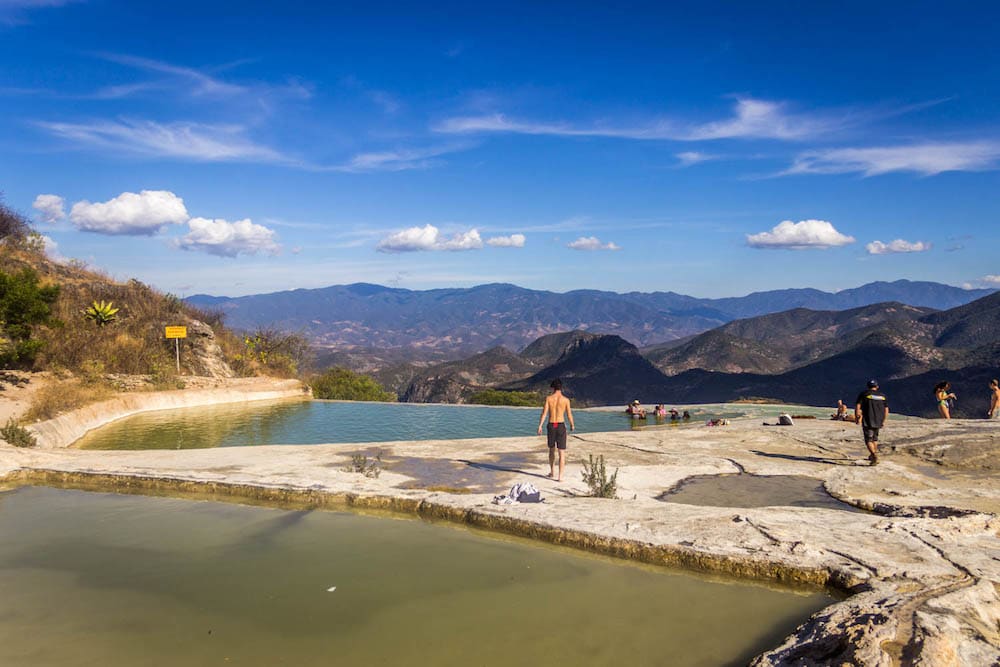
70 km from Oaxaca, Hierve el Água is a group of rock formations over 200 meters high and that resemble waterfalls that have remained frozen in time and natural pools with an infinity edge, with views of the mountains that rise around.
To get there you need to hop on one of the pickup trucks that are parked at the entrance to the town of Mitla for $50 pesos (which is why the tour matches the archaeological site so well). There is an additional $25 peso fee to enter. See our full post on how to visit Hierve el Água.
Tulle Tree
It is the tree with the widest trunk in the world, measuring 58 meters in diameter and has a history of 2,000 years. This old woman is in the town of Santa Maria del Tule and belongs to the Ahuehuetes species, a type of giant cypress. Many tours to the ruins, especially Mitla, include a stop to see the Tule tree.
Visit to a Mezcal factory
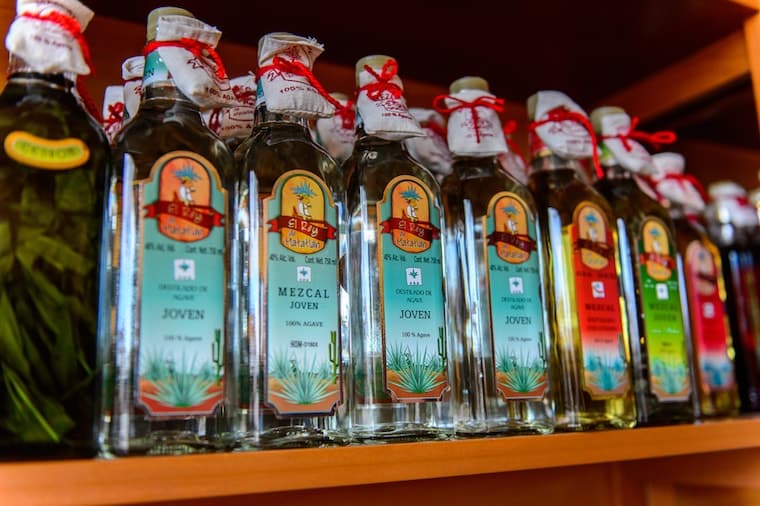
In addition to participating in a mezcal tasting, you can also visit one of the communities on the outskirts of Oaxaca to see how the drink is produced. Mezcal differs from tequila, which is made on an industrial scale: it is produced only by small producers, using traditional techniques, and many of them are from indigenous families in the region. Therefore, visiting a mezcal distillery and purchasing from these producers is a way of preserving these techniques and promoting the artisanal manufacture of the drink, which is at risk due to the warming of the market, as I already explained in this post about the art of making mezcal.
This tour can also be booked with agencies in Oaxaca or done on your own, driving or taking a taxi to one of these factories. One of the most visited is El Rey de Matlatán.
Where to stay in Oaxaca
There is no reason to stay outside the center of Oaxaca. This is where everything happens and also where most of the city’s hotels are located. See dozens of accommodation options in the center of Oaxaca here.
I stayed at Hostal Mixteco Naba Nandoo, a comfortable but simple guesthouse, with a zen atmosphere and careful cleaning. With simple rooms and economic prices ranging from US$13 for a single room, US$17 for a double and US$26 for a double with private bathroom, the place has a terrace with views of the mountains and a bar that only opens until 11pm for ensure a good night’s sleep for all guests. They serve a vegetarian breakfast that can be included in the daily rate (for an extra US$5) or purchased at the time.
How to get to Oaxaca
By airplane
Oaxaca’s small airport is 20 minutes from the city center and operates mostly domestic flights. There are eight daily flights departing from Mexico City, operated by Volaris, Aeromar, Aeroméxico and Interjet. The trip takes approximately 1h10.
By bus
The main bus station in Oaxaca is called Terminal Central de Primera Clase (Avenida Niños Héroes de Chapultepec 1036) and receives several daily buses from both Mexico City and other destinations in the state and country. If this is your option, I recommend the ADO service, which, in addition to being comfortable, is safe. The trip takes around seven hours. I made this and other journeys during the night, without any incident.
Sign up for our newsletter

Sign up for our newsletter and stay up to date with exclusive news
that can transform your routine!
Warning: Undefined array key "title" in /home/storelat/public_html/wp-content/plugins/link-whisper-premium/templates/frontend/related-posts.php on line 12
Warning: Undefined array key "title_tag" in /home/storelat/public_html/wp-content/plugins/link-whisper-premium/templates/frontend/related-posts.php on line 13

